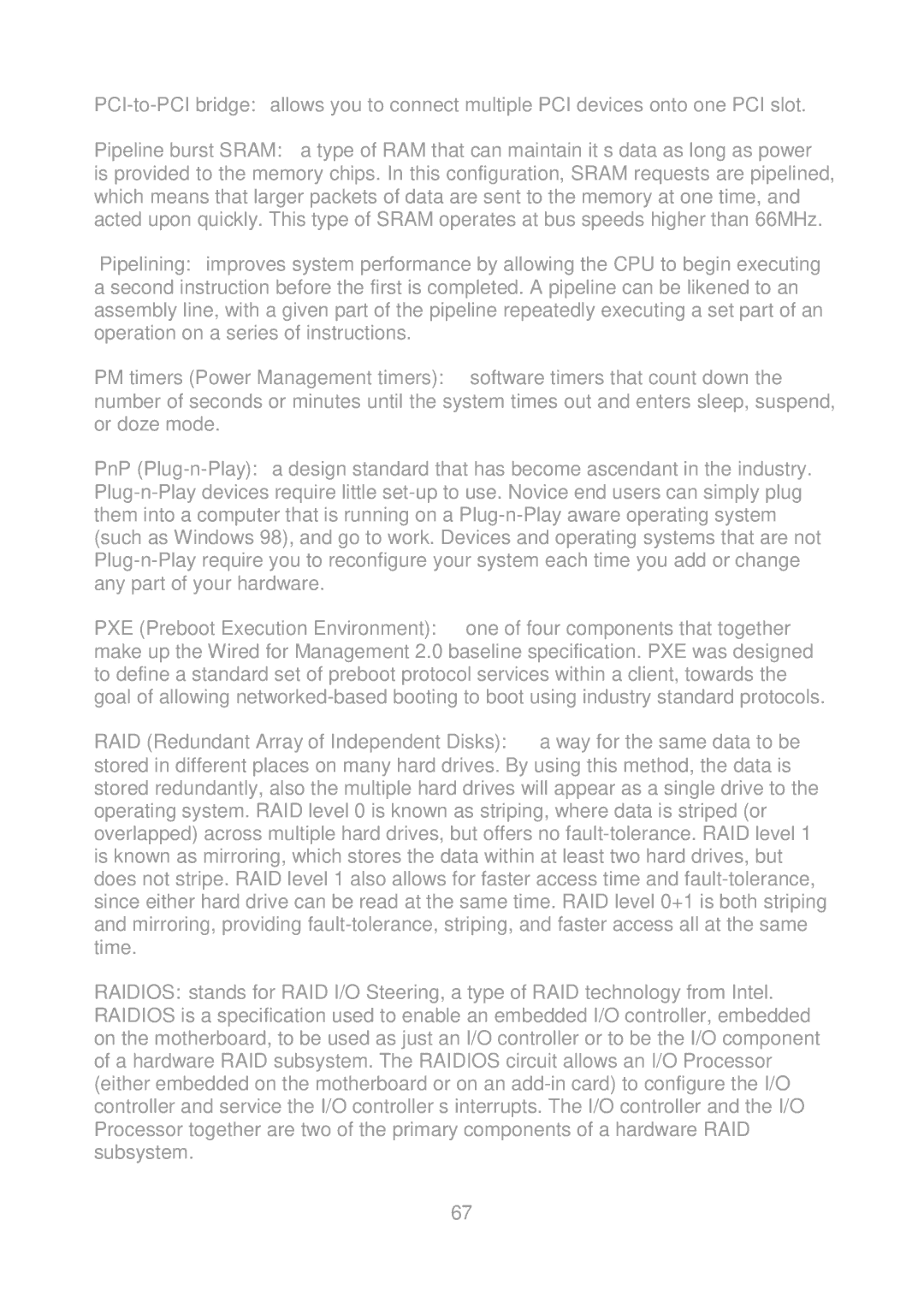S5372-LC specifications
Tyan Computer S5372-LC is a cutting-edge server motherboard designed to cater to the needs of modern data centers and high-performance computing environments. As a product of Tyan, a brand known for its reliable server solutions, the S5372-LC embodies robust performance, scalability, and a range of features tailored for enterprise applications.One of the standout features of the S5372-LC is its support for dual Intel Xeon Scalable processors. This dual-socket configuration allows organizations to maximize processing power while ensuring efficient task parallelization. The motherboard supports multiple cores and threads, making it ideal for compute-intensive applications such as virtualization, data analytics, and scientific computing.
In terms of memory support, the S5372-LC can accommodate up to 2TB of DDR4 RAM across 16 DIMM slots. This vast memory capacity combined with support for Intel Optane technology ensures that data-intensive applications run smoothly and efficiently. The motherboard also supports advanced memory features such as ECC (Error-Correcting Code) to enhance data integrity and reliability.
Storage is another critical aspect of the S5372-LC, offering a variety of connectivity options. It includes several SATA and NVMe slots, allowing for high-speed storage solutions that can handle extensive data workloads. The flexibility to configure RAID setups enhances data redundancy and performance, which is crucial for mission-critical applications.
Networking capabilities are extensive as well, with built-in dual 10GbE ports ensuring high-speed connectivity. This feature is particularly beneficial for data centers requiring high bandwidth for data transfers, streaming, and heavy-duty applications.
The S5372-LC also prioritizes manageability and monitoring, incorporating a dedicated Baseboard Management Controller (BMC) that provides remote management features, including system monitoring, recovery, and updates, ultimately contributing to reduced downtime and operational efficiency.
Furthermore, the motherboard supports advanced security features, such as Intel Software Guard Extensions (SGX), which can protect sensitive data during processing.
In summary, the Tyan Computer S5372-LC is a powerful server motherboard designed for enterprises seeking high performance, extensive memory capacity, versatile storage options, and robust networking capabilities. Its combination of these characteristics makes it a compelling choice for numerous demanding applications in today's technology landscape. Whether utilized in private clouds or high-performance computing, the S5372-LC stands out as a reliable and innovative solution.
